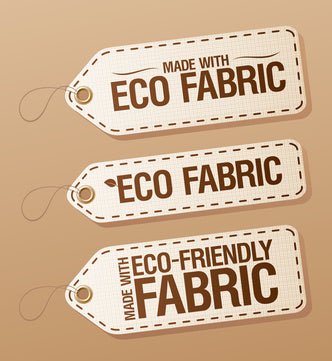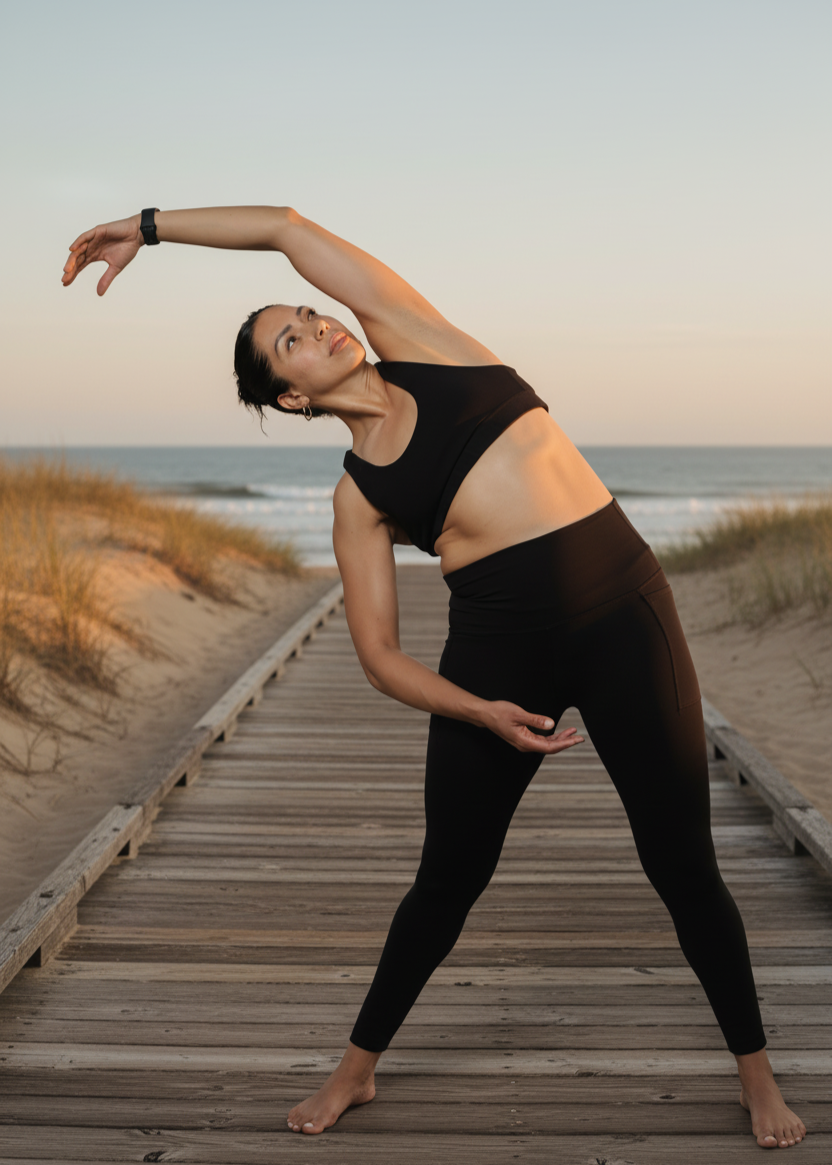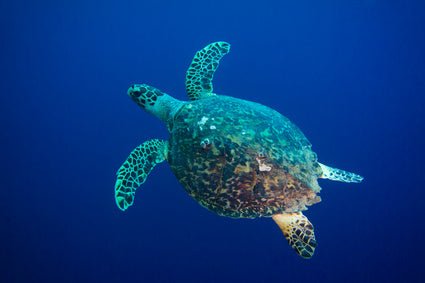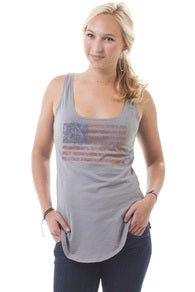
What Are Eco Friendly Fabrics?
You have finally decided it is worth it to invest in Eco friendly clothes. The question is, where to start? It is easy to look on the Internet for 'Green' clothes if you type some key words on your Google search such as organic or environmentally conscious clothes. It is a different story when you're out there in the real world trying to shop responsibly and have absolutely no idea which fabrics (other than bamboo, hemp and organic cotton) are sustainable and/or safe for the environment. The following is a list of things to look for and those to avoid.

Let's start by explaining what makes a fabric 'green' or Eco friendly:
-
Organic and/or raw materials without pesticides
-
Absence of harmful chemicals and bleaches to color fabrics
-
Recycled and reused textiles
-
Fabrics that come from fair trade
-
Not tested on animals
-
Sustainable farming practices and manufacturing procedures
The following is a list of 12 environmentally conscious fabrics offered by Fibres 2 Fashion:
-
Organic Cotton – Cotton grown without pesticides, herbicides and/or insecticides. These fibers are free from chlorine and synthetic dyes. Even more exciting – coloured organic cotton grown in the tradition of the Aztecs.
-
Jute – Similar to hemp, jute is a type of vegetable fibre very popular in India. It is characterized by its silky texture, high tensile strength, and resistance to heat and fire. These characteristics make it ideal for other uses such as travel luggage, furnishings, carpets and floor coverings, decorations, and textiles.
-
Tencel – Brand name of a natural, man-made fibre obtained from cellulose found in wood pulp. It is 100% biodegradable and uses no chlorine. It is a great substitute for synthetic fibers such as Rayon.
-
Milk Yarn – Cyarn milk protein fibre is used to dewater and skim milk. The protein fibre is also very healthy for the skin and super comfortable.
-
Organic Linen – Linen that is made from flax fiber, a crop that needs few fertilizers and less pesticide than cotton.
-
Hemp – It is an amazing natural fibre that grows without fertilizers and doesn't deplete the soil from its nutrients. In addition, it requires minimum attention, making it easy to harvest. It is pest tolerant, which means it needs no agrochemicals.

-
Organic Wool – This type of wool is produced using sustainable farming methods that are cruelty-free and do not involve toxic sheep dips.
-
Soy Silk – Is made from the by-product resulting from the manufacturing of tofu. The liquefied proteins are extruded into fibers that are spun like any other fabric. Its high protein content makes it receptive to natural dyes.
-
Ingeo Corn Fiber – This fabric is created by extracting the starch and sugar from corn and processing the fiber that can be spun into yarn or woven threads.
-
Bamboo – This highly renewable grass has natural antibacterial properties. The resulting fabric is “breathable” and biodegradable.
-
Fortrel Eco Spun – Is a polyester fabric made out of recycled plastic bottles that can be turned into fleece! It is preferable than using petroleum-based fibres and helps to reduce to environmental impact of plastic bottles.
-
Milk Silk – This method might be a bit controversial since it involves tinkering with goats eggs by mixing the genetic material of spiders to produce a type of milk that contains silk fibres. These fibres are used to create biodegradable sutures, bullet-proof material and potentially, artificial limbs... amazing!
 In the U.S. you can look for Ecolabeling or other certification programs to ensure your products meet the federal standards imposed by the EPA, the U.S. Environmental Protections Agency. If you choose to go with organic fabrics look for The Global Organic Textile Standard (GOTS), the worldwide leading organic textile processing standard. Fabrics certified GOTS need to meet the following strict environmental criteria:
In the U.S. you can look for Ecolabeling or other certification programs to ensure your products meet the federal standards imposed by the EPA, the U.S. Environmental Protections Agency. If you choose to go with organic fabrics look for The Global Organic Textile Standard (GOTS), the worldwide leading organic textile processing standard. Fabrics certified GOTS need to meet the following strict environmental criteria:
-
Organic fibre products must be separated from conventional fibre and must be clearly identified
-
All chemicals (dyes and process chemicals) must meet basic requirements on toxicity and biodegradability
-
Prohibition of critical inputs such as toxic heavy metals, formaldehyde, aromatic solvents, functional nano particles, genetically modified organisms (GMO) and their enzymes, azo dyes that release carcinogenic amine compounds, printing methods using aromatic solvents and plastisol printing methods
-
Synthetic sizing agents and accessories are restricted (no PVC, nickel or chrome permitted)
-
Bleaches must be based on oxygen (no chlorine bleaching)
-
All operators must have an environmental policy including target goals and procedures to minimize waste and discharges
-
Wet processing units must keep full records of the use of chemicals, energy, water consumption and waste water treatment, including the disposal of sludge. The waste water from all wet processing units must be treated in a functional waste water treatment plant.
-
Packaging material must not contain PVC. Paper or cardboard used in packaging material, hang tags, swing tags etc. must be recycled or certified
If you're looking to expand your knowledge in the world of environmentally friendly threads, this list is a great start. At PuraKai we only use Eco friendly fabrics and encourage our customers to purchase clothing in-line with these values. By educating our consumers we hope to help them make better decisions when shopping for clothes. Because what you put ON yur bodies is as important as what you put IN it.






1 comment
“Thank you for highlighting the importance of eco-friendly fabrics! Your blog beautifully explains how choosing sustainable textiles like organic cotton and recycled fibers can make a positive impact on our planet. It’s inspiring to see brands like Purakai leading the way towards a more environmentally conscious future in fashion. Keep up the great work!”
Ast york
Leave a comment
This site is protected by hCaptcha and the hCaptcha Privacy Policy and Terms of Service apply.